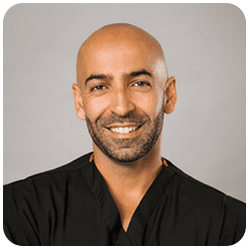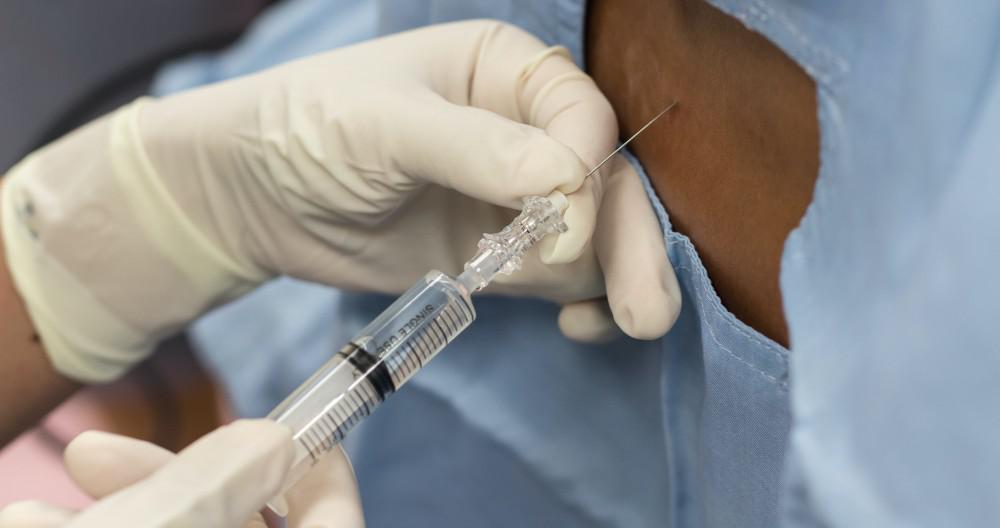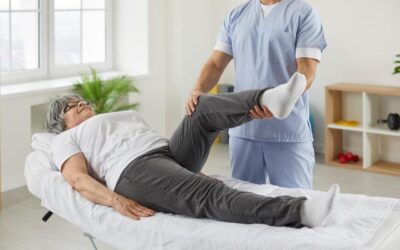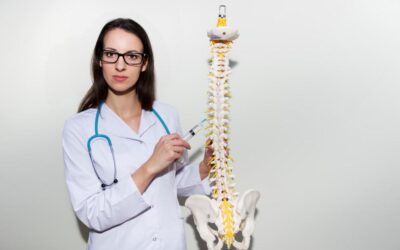Disc problems are a relatively common source of spine pain, especially in your neck and lower back, the two most mobile areas of your spine. While disc issues can happen at any age, they’re most common during middle age, and they also tend to occur more often in men than in women.
With offices in Los Angeles and Irvine, California, Hassan Badday, MD, at Pacific Pain and Regenerative Medicine, has extensive experience treating disc-related back pain, including bulging or herniated discs. But before Dr. Badday prescribes treatment for his patients, he needs to confirm that discs are involved.
Here’s how he diagnoses disc pain so it can be treated.
Bulging discs 101
Discs are spongy dividers sandwiched between each pair of spine bones (vertebrae). In addition to maintaining space between your vertebrae, your spinal discs also act like biological shock absorbers, preventing damage to your vertebrae while also helping your spine stay flexible.
Each vertebrae has an opening in the center, and together these openings create your spinal canal — a hollow tube that extends from the base of your skull all the way down to your lower back. The canal forms a conduit that carries nerves from your brain to every other part of your body.
Typically, the border of each disc is contained within the outer boundaries of your vertebrae. But sometimes, a disc can slip out of place, pressing on your nerves as they exit your spinal canal. This is a herniated disc, and because of the potential effects on your nerves, it can cause symptoms in your back and anywhere along the nerve pathway.
Diagnosing bulging discs
One of the first steps in diagnosing (and treating) a herniated disc is to review your symptoms. Many people with herniated discs will have symptoms in their arms, shoulder, buttocks, or legs, depending on the location of the herniation.
In addition to pain, symptoms can include:
- Electricity-like shocks
- Dull aching
- Muscle weakness
- Burning sensations
- Numbness or tingling in your hands or feet
- Problems coordinating movements
Without treatment, nerve impingement can lead to permanent nerve damage, along with more serious symptoms, like a loss of bowel or bladder control.
While these symptoms are associated with bulging discs, disc herniation isn’t the only condition that can cause them. Your doctor needs to perform other exams and tests to confirm the presence of a herniated disc prior to prescribing treatment.
To do that, Dr. Badday performs an exam of your spine to assess your range of motion. Diagnostic imaging, like X-rays, CT scans, or MRIs provide more in-depth information about your spine anatomy. You may also have nerve conduction studies to pinpoint the precise location of a damaged or slipped disc.
Bulging disc treatments
Once Dr. Badday confirms that a bulging disc is causing your symptoms, he reviews your treatment options and makes recommendations based on your symptoms, your lifestyle, and other factors to ensure your treatment plan is tailored specifically for you.
As a pain management specialist, Dr. Badday is skilled in an array of treatment options, including conservative options like:
- Injections to relieve pain and inflammation
- Radiofrequency treatment
- Nerve blocks to prevent pain signaling
- Pain pump implantation
- Minimally invasive procedures to eliminate nerve compression
In addition, Dr. Badday may recommend lifestyle changes, like improved ergonomics at work, posture exercises, or even weight loss to relieve uneven strain on your back and spine.
Relieving spine pain
Bulging discs are painful, but they can be treated. What’s more, delaying treatment can lead to more serious problems, including permanent nerve damage. The key to maintaining spine health is to schedule an exam and evaluation as soon as possible, before things get worse.
To learn more about bulging disc treatment and treatments for other types of spine pain, book an appointment online or over the phone at the Pacific Pain and Regenerative Medicine location closest to you, and learn how Dr. Badday can help you feel better.









